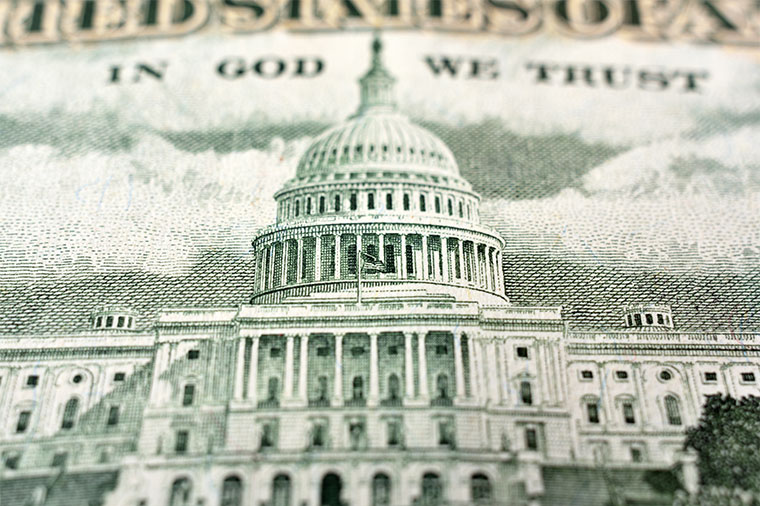In late December 2019, President Trump signed HR1865, the Further Consolidated Appropriations Act (2020), into law. Contained in the new law is an extension to the Energy-Efficient Commercial Buildings Tax Deduction (CBTD) retroactively to January 1, 2018 and forward to December 31, 2020, reviving a financial incentive for building owners to invest in energy efficiency.
Created by the Energy Policy Act of 2005, the CBTD (which modifies Section 179D of the tax code) provides an accelerated tax deduction of up to $1.80 per square foot as an incentive to install energy-efficient interior lighting, HVAC/hot water systems, and building envelope.
The deduction has expired multiple times, only to be revived for one or two years, usually retroactively for the given or previous tax year. The most recent was the Bipartisan Budget Act of 2018, which retroactively extended it to the end of 2017. The new law extended it again to include the years 2018-2020.
The CBTD is advantageous for building owners because instead of claiming the deduction over a period of years as required by tax law, the entire deduction can be claimed in a single year, which in the case of the CBTD is subject to a cap: $1.80/sq.ft. for all three systems, and $0.60/sq.ft. for any individual system.
Look at lighting as an example, the deduction requires that sufficient energy reductions compared to a baseline (ASHRAE/IES 90.1) have been gained, as demonstrated by energy modeling using qualified software. The 2015 PATH Act raised the baseline from the 2001 to the 2007 version of 90.1, making the energy reductions more difficult to obtain.
At least for lighting, the CBTD appears to be oriented toward new construction and renovation. Another path well-suited to retrofits is the Interim Lighting Rule, which despite its name has continued to be active. Owners can gain an accelerated deduction covering the cost of new interior lighting, with the accelerated portion capped at $0.30-$0.60/sq.ft., depending on reducing lighting power density 25-40 percent lower than ASHRAE/IES 90.1-2007. (Warehouses are treated separately, with the new lighting required to achieve a 50 percent lower lighting power density to gain an accelerated tax deduction capped at $0.60/sq.ft.) In addition to reducing power density, the project must have bi-level switching installed in a majority of occupancies and achieve minimum light levels prescribed in the Ninth Edition of the IES Lighting Handbook.
Whichever path is taken, the CBTD enables a substantial portion of the cost of a new building system to be deducted in a single tax year, providing a financial incentive for building owners to invest in energy efficiency.
Learn more at https://bit.ly/2ML3RA4.
Tagged with commercial lighting, lightED
